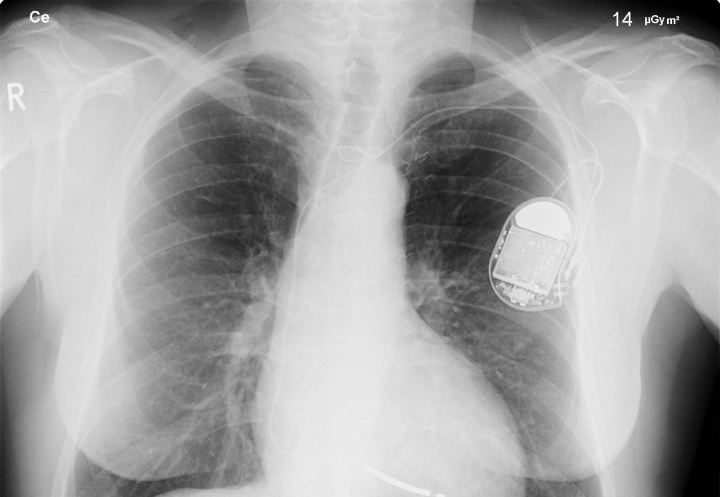
The thought of a 1.5-square-inch solar cell implanted under the skin might make some people squeamish, but these devices could be hugely convenient, if not a matter of life or death. Medical implants need energy and that energy tends to come from batteries. Not only do batteries make implants bulkier, they also need to be replaced regularly.
“A solar-powered implant would not require a primary battery and therefore would not have to be replaced after a few years,” Lukas Bereuter, lead researcher, told Digital Trends. “For patients, this means that they would not need to undergo repeated replacement procedures, which are costly and always bear the risk of complications. Furthermore, the implant may be designed [to be] much smaller in volume, which might have a positive effect on patient comfort.”
In the study, Bereuter and his team demonstrated that these small solar cells could capture sufficient sunlight through a filter similar to skin. They equipped 32 diverse volunteers with portable measuring devices to continuously measure the output power of these cells. Although the subjects spent different amounts of time outdoors, they each generated enough energy to successfully power their respective devices — even in winter. “As an example,” Bereuter said, “if a patient would stay outdoors in the sun for a whole day, the solar cells would potentially generate enough energy to operate a pacemaker for several months.”
The researchers are now working on a prototype of a pacemaker powered by ultra-thin and flexible solar cells capable of adapting to a patient’s anatomy. They published a paper detailing their work this week in the journal Annals of Biomedical Engineering.


